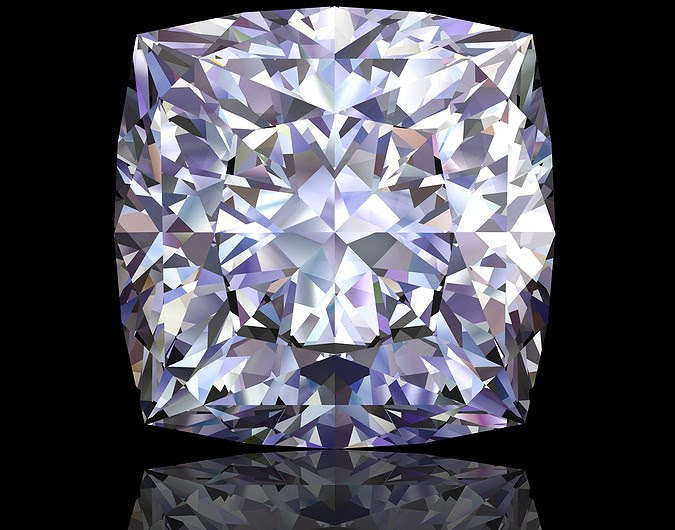Among all the factors that influence the value of a diamond’s shine, value and price are none other than the quality of the diamond’s cut. According to jewelers and gemologists, the cut of the diamond is the final determinant behind a diamond’s value, following close behind the historical value of a diamond (Yes, diamonds with histories attached to them possess historical value).
The various elements that revolve around the quality of the cut are mostly associated with a diamond’s proportions, the stone’s facets, the quality of finish, and, last but not least, the ability of the cut diamond to reflect light.
Hence when consumer purchases, for instance, a diamond engagement ring, regardless if the diamond is of natural origin (mined diamonds) or an engagement ring with a synthetic diamond, the value of the diamond and the brilliance of the shine in the diamond engagement ring is all dependent on the cut (by the way just for the purpose of clarifications the chemical and physical properties of a lab-grown diamond and a naturally mined diamond is minute and often lab-grown diamonds are of better quality despite them being cheaper).
However, this does not mean that the other factors such as clarity and colour have no bearing on the value or brilliance of a diamond, they do, but the cut is the most critical aspect among the 4Cs of a diamond.
In essence, the primary elements that have a bearing on the price of a quality diamond include the proportions of the diamond associated with the stone’s table, depth, and width, followed by the symmetrical facets of the diamond.
The symmetrical facets revolve around the mirrors, windows, and steps of the diamond, which are crucial towards the level of white light reflection capacity (Brilliance), which in turn influences the ‘Fire’ of the diamond, which pertains to the dispersion of colored light. Finally comes the permanent treatment and polishing stage or the finishing details, where the diamond is deemed ready and worthy of the commercial consumer market.
Diamond Proportions

The primary aspects that influence the value and the quality of the cut are dependent on the proportions of a diamond, which mainly revolve around the table, depth, and width of the diamond, as presented in the image above.
These aspects of a diamond are deemed as the perfect indicators and measure of the quality of a diamond’s cut. As mentioned previously, among the elements that influence scintillation and reflection of light are the proportions of the diamond’s cut as the ratios between angles, shape, and, of course, size of every facet of the diamond have a profound impact on the ‘brilliance’ of the diamond.
A wide variety of proportion ratio combinations may be used, and each ratio combination will influence the manner in which the diamond interacts with light. The reason that different ‘cut’ ratios are used is due to the fact that different diamond shapes have different proportions, and rough diamonds, such as Australia diamonds, come in a wide variety of sizes with defects. How these diamonds are cut and shaped will be the primary factor that accords value to a diamond.

